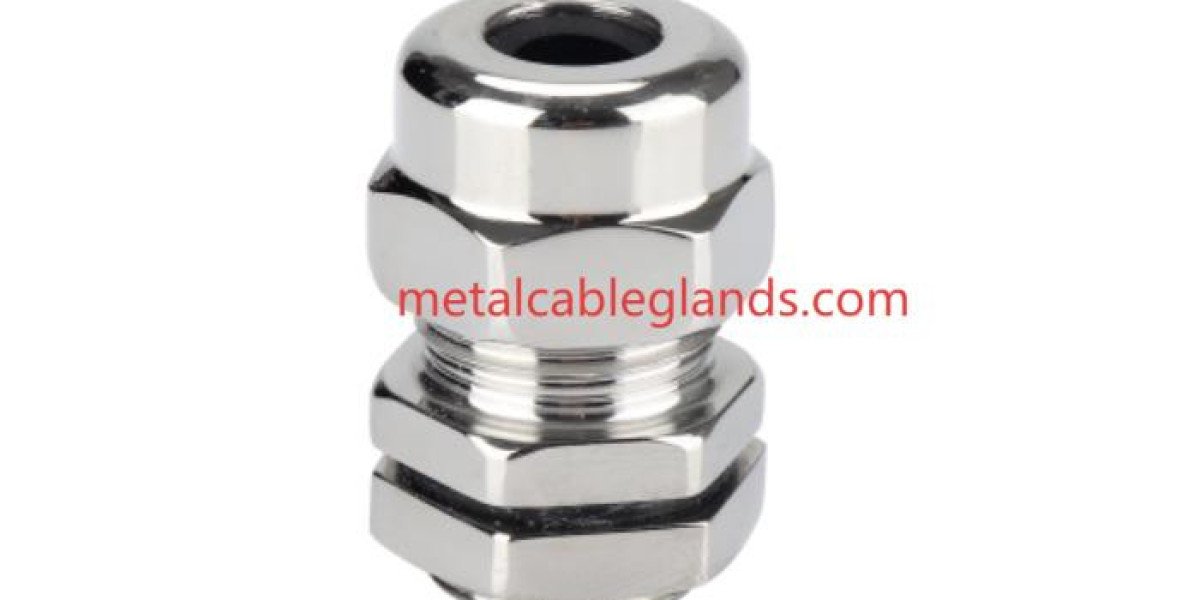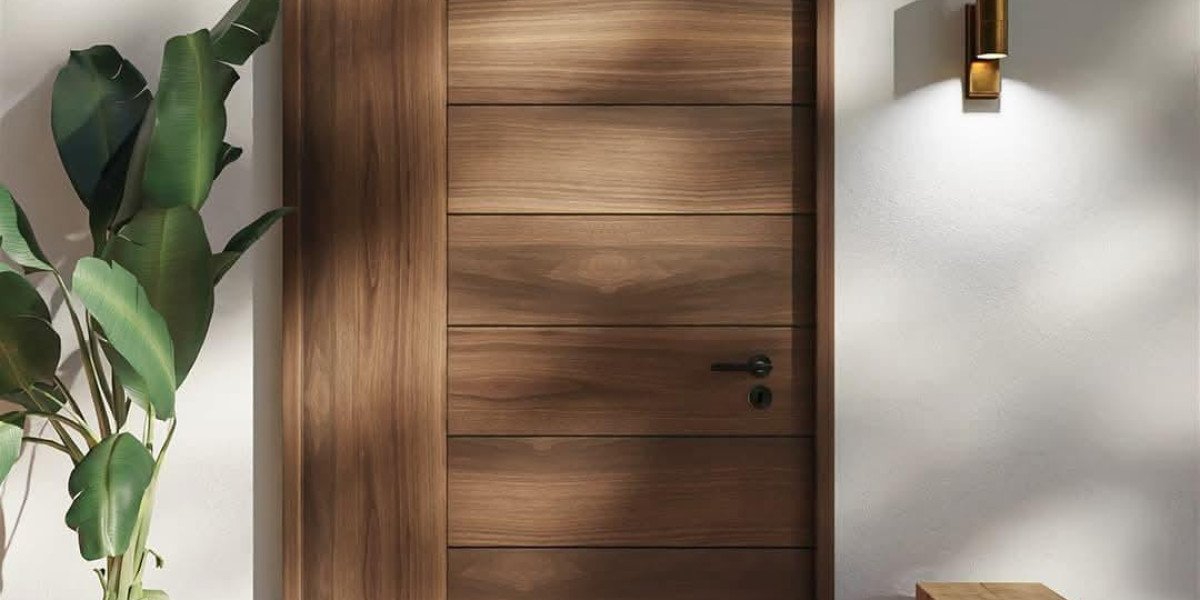In the world of industrial enclosures, matching thread sizes between cable glands and panel entries can be a major challenge—this is where the Cable Gland Reducer plays a crucial role. The Cable Gland Reducer helps connect a larger threaded gland to a smaller threaded hole, maintaining mechanical stability without sacrificing enclosure protection or needing to modify the housing.
Engineers working in automation, energy systems, and process control frequently deal with mismatched components due to evolving installation requirements or legacy infrastructure. Instead of replacing costly enclosures or drilling new ports, they turn to reducers for efficient, secure adaptation. By doing so, the risk of misalignment, sealing failure, or component stress is greatly minimized, ensuring that equipment longevity and safety standards remain intact.
At Zhejiang Hongjuesi Connector (HJSI), the focus on compatibility and precision engineering has led to the development of a wide range of thread adaptors and reducers made from brass, stainless steel, and other industrial-grade alloys. These products support a diverse spectrum of thread systems—metric, PG, NPT, and G-type—and are tailored for seamless integration across different enclosure designs.
One of the key features of a high-quality reducer is its ability to maintain the original sealing integrity and ingress protection (IP) rating of the cable gland. Whether used in automation cabinets or marine equipment, a properly installed reducer ensures no dust or water enters the system—even under fluctuating pressure or vibration. Many reducers from HJSI also feature precision O-ring grooves for enhanced sealing, especially in wet or dusty environments.
Industrial users value these small but vital components for their ability to reduce inventory burden. Stocking a few standard-sized glands and pairing them with the right reducers reduces cost, simplifies logistics, and allows for greater flexibility when changes occur in project specifications. It’s also a major asset in global operations where different thread standards must often be reconciled in the field.
One real-world scenario where reducers shine is in mobile equipment and transportation infrastructure. These systems often demand fast serviceability, compact design, and weatherproofing. By allowing technicians to adapt off-the-shelf glands to unique panel configurations without custom machining, reducers save valuable time and reduce downtime.
The quality of the material used in a reducer is vital to its long-term performance. For example, stainless steel variants are preferred in corrosive or high-heat environments, while nickel-plated brass offers a balance of cost-effectiveness and durability in indoor industrial settings. In both cases, HJSI ensures strict quality control standards across every batch, including thread tolerance checks and surface finish consistency.
Proper installation requires basic tools and standard torque procedures. Thanks to the hexagonal body design common to most reducers, tightening is easy even in tight cabinet spaces. Installers must verify compatibility of both gland and enclosure threads to avoid over-tightening, cross-threading, or misalignment, which can result in leakage or failure during operation.
In environments where compliance with IP68 or explosion-proof standards is required, selecting certified reducers from trusted manufacturers like HJSI becomes essential. These components support the safe operation of mission-critical equipment, from chemical plant instrumentation to renewable energy converters.
For engineers, maintenance professionals, and OEMs seeking versatile, certified, and dimensionally accurate reducer solutions, HJSI offers a comprehensive portfolio that combines technical reliability with global shipping capabilities.To learn more about HJSI’s full selection of Cable Gland Reducer options and accessories, including material specs, thread variations, and sizing charts, visit the official catalog: https://www.metalcableglands.com/product .







